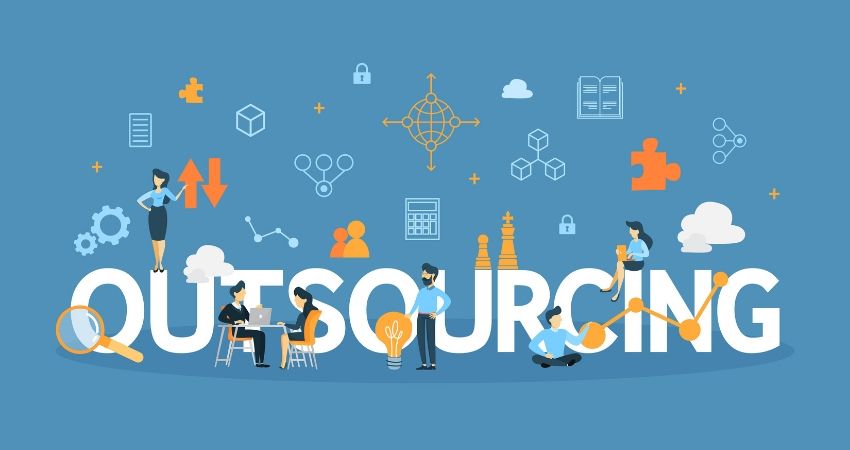The Role of Work-Life Balance in Enhancing Employee Well-being and Engagement
18/09/2024
Work-Life Balance: Balancing the demands of work and personal life has emerged as a cornerstone for sustaining employee well-being; and enhancing engagement in the modern workplace. As companies navigate the complexities of retaining top talent and fostering a positive work environment; the role of work-life balance becomes increasingly pivotal. Rather than being a simple benefit, it’s a strategic necessity that can transform the way employees engage with their work; leading to greater productivity and overall satisfaction. This article delves into how businesses can effectively integrate work-life balance into their culture to create a more engaged and resilient workforce.

The Importance of Work-Life Balance for Employee Well-being
Work-life balance refers to the equilibrium between professional responsibilities and personal life, allowing employees to fulfill work obligations while also having time for family, leisure, and self-care. When employees achieve this balance, they experience less stress, reduced risk of burnout, and greater overall satisfaction in both their work and personal lives.

Mental and Physical Health: Excessive work hours and constant stress can lead to burnout, anxiety, and various physical health issues. By promoting a balanced approach to work and personal life, organizations help employees maintain their health and well-being, which in turn reduces absenteeism and healthcare costs.
Increased Productivity: Contrary to the belief that longer work hours lead to higher productivity, studies have shown that overworked employees are less productive. A well-balanced routine allows employees to recharge, leading to increased focus and energy when they return to work. This improved productivity benefits the organization as a whole.
Employee Retention and Satisfaction: Organizations that support work-life balance tend to have higher employee retention rates. When employees feel their personal lives are valued and respected, they are more likely to stay with the company, reducing turnover costs. Additionally, employees who can balance their work and personal lives are generally more satisfied with their jobs, which translates into higher morale, better teamwork, and a positive organizational culture.
Strategies for Promoting Work – Life Balance
To effectively support work-life balance, organizations need to adopt practical strategies that cater to the diverse needs of their workforce. Here are some key approaches:
- Flexible Work Arrangements: Offering flexible work options, such as remote work, flexible hours, and compressed workweeks, allows employees to manage their professional and personal responsibilities more effectively. Flexibility helps employees work during their most productive hours and balance their commitments outside of work
- Encouraging Time Off: Encouraging employees to take regular breaks and use their vacation days is crucial for maintaining work-life balance. Creating a culture where taking time off is accepted and encouraged helps employees rest and rejuvenate, leading to increased productivity and creativity when they return to work
- Setting Clear Boundaries: Clear boundaries between work and personal life are essential, especially in remote work settings. Organizations can help by setting reasonable expectations for after-hours communication and respecting employees’ time. Encouraging employees to disconnect from work after hours can prevent burnout and promote a healthier work-life balance
- Providing Supportive Resources: Offering resources such as employee assistance programs (EAPs), wellness programs, and access to mental health services can support employees in managing stress and achieving balance. Additionally, providing training on time management and stress reduction techniques can equip employees with the tools they need to maintain balance
- Promoting a Balanced Culture: Leadership plays a crucial role in promoting work-life balance. When leaders model balanced behavior, such as leaving work on time and taking breaks, it sets a positive example for employees. Organizations should also recognize and reward employees who prioritize balance and well-being.

The Impact of Work-Life Balance on Business Success
The benefits of promoting work-life balance extend beyond employee well-being—it also has a direct impact on business success. Companies that prioritize work-life balance see increased employee engagement, productivity, and retention. Moreover, a balanced workforce is more innovative, collaborative, and committed to the organization’s goals, driving long-term growth and profitability.

In conclusion, work-life balance is not just a buzzword; it’s a fundamental aspect of a healthy and productive workforce. By implementing strategies that support work-life balance, organizations can enhance employee well-being; improve engagement, and create a thriving workplace culture that attracts and retains top talent. As the workplace continues to evolve, maintaining a focus on balance will be essential for achieving sustainable success.
NIC Global is committed to helping organizations create work environments where employees can achieve this balance, ensuring long-term success for both the employees and the business.
By integrating these strategies into your workplace, you can foster a more engaged and resilient workforce, ready to contribute to your company’s success.
For contact and support:
Facebook: NIC Global – Human Resource Solutions
Linkedin: NIC Global Sourcing JSC
Website: www.nicvn.com
Email: [email protected]
Hotline: 0981.23.43.76
Address:
- Hanoi Office: No. 3A Thi Sach, Pham Dinh Ho Ward, Hai Ba Trung District, Hanoi, Vietnam
- Ho Chi Minh City Office: Dakao Center Building, 35 Mac Dinh Chi, District 1, Ho Chi Minh City, Vietnam
See more:
Payroll service
Staffing service
EOR service





